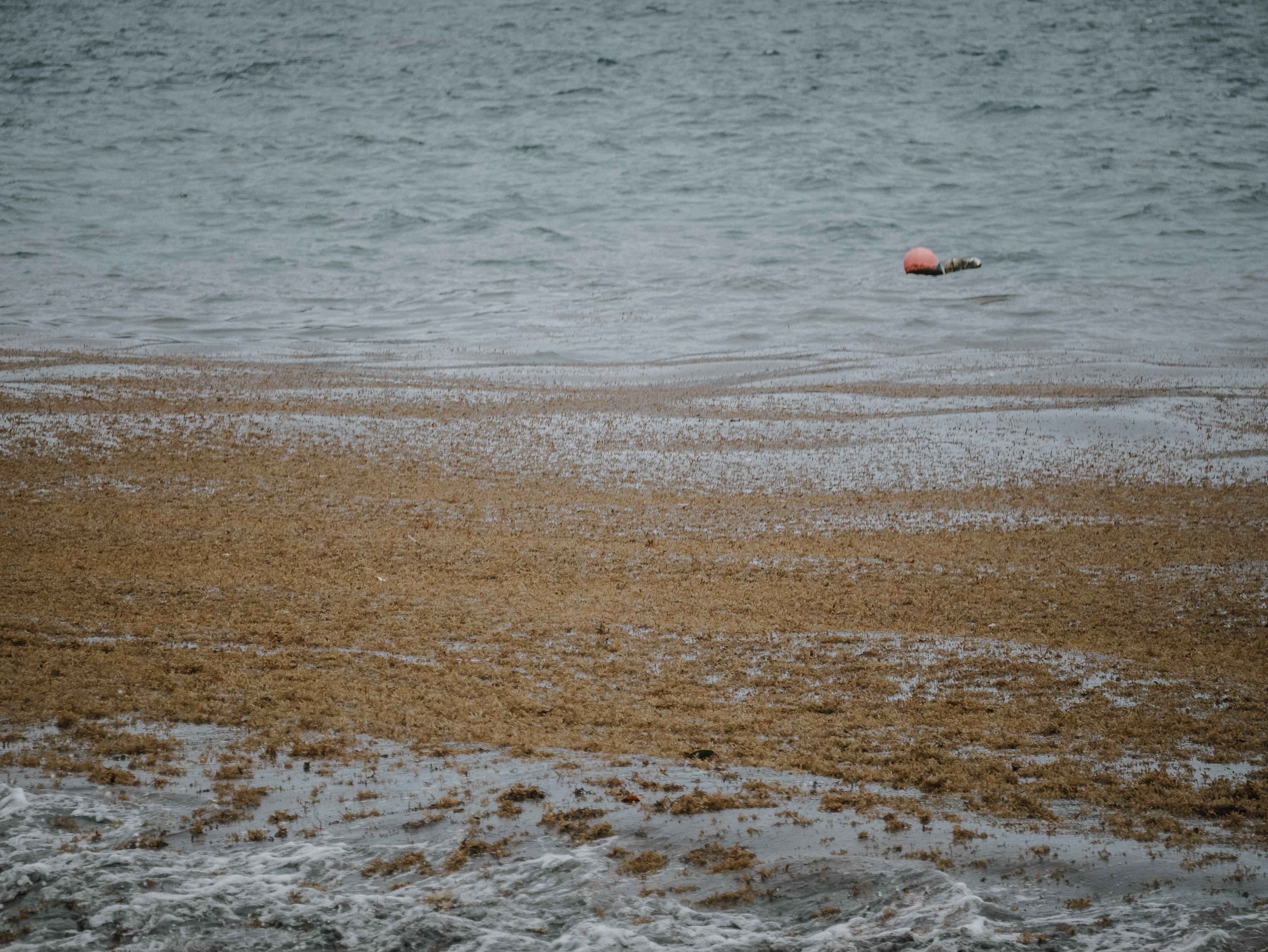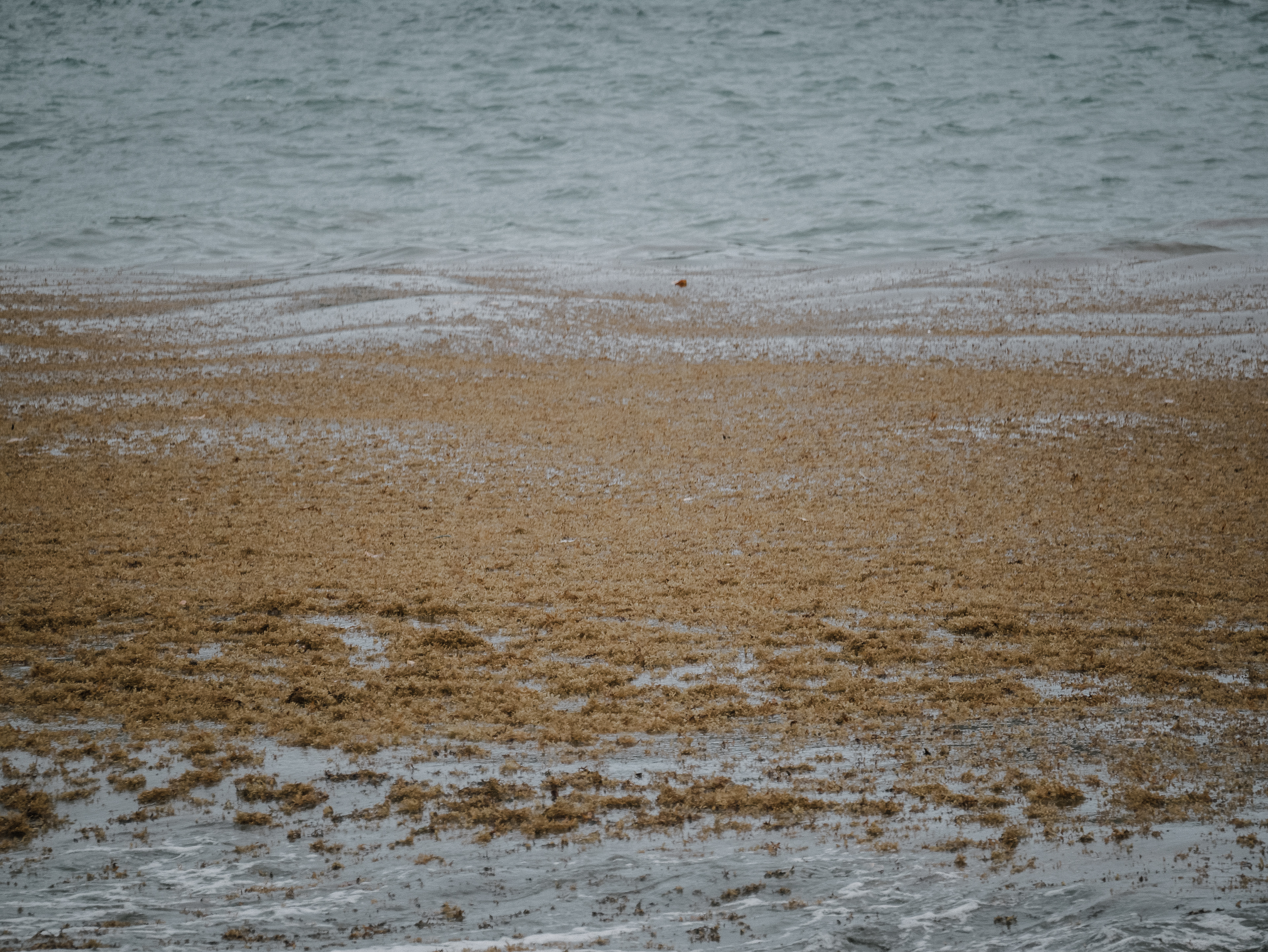PHOTOS TAKEN AT SPEYSIDE, TOBAGO, APRIL 2023
Sargassum Seaweed in The Caribbean
Sargassum is a type of brown macroalgae that is commonly found floating in large amounts in the ocean, particularly in the Sargasso Sea, which is a region in the North Atlantic Ocean characterized by its distinctive floating mats of Sargassum. In recent years, significant amounts of Sargassum have been washing up on the beaches of the Caribbean, causing environmental and economic issues.
The excessive accumulation of Sargassum on beaches can lead to the smothering and death of corals, seagrasses, and other marine life, and its decomposition can also contribute to the depletion of oxygen levels in the water, leading to fish kills. The accumulation of Sargassum on beaches can also affect the tourism industry as it can negatively impact visitors' experience.
Scientists believe that the increased Sargassum blooms in the Caribbean are due to a combination of factors, including the increased nutrient runoff from agriculture and urban development, ocean currents, temperature changes, and other climate-related factors.
To address the Sargassum problem, several approaches can be taken. One solution is to prevent the nutrient runoff that fuels the blooms by adopting sustainable agricultural practices and reducing urban pollution. Additionally, removing the Sargassum from the beaches and shallow waters is necessary to prevent it from decomposing and releasing harmful gases into the atmosphere.
There are also efforts to find new uses for Sargassum, such as converting it into biofuels, fertilizers, and other products, which could create economic opportunities and provide a sustainable solution to the problem.
Overall, the Sargassum problem is a complex issue that requires a multi-pronged approach to address its environmental and economic impacts. By adopting sustainable practices and finding innovative solutions, we can help prevent the continued proliferation of Sargassum in the Caribbean and protect the region's precious marine ecosystems.







